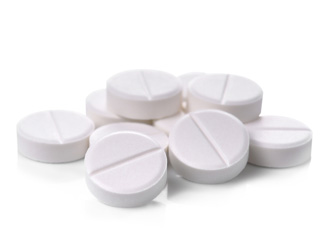Warfarin Drug Target and Metabolism
Warfarin inhibits vitamin K1 recycling and is metabolized by CYP2C9

Find out if you are at risk - get tested
| Test Type | Testing Time | Fee |
| 2 to 4 weeks | $249 Click Here to Order Kit |
All orders received before 3pm PST / 6pm EST are shipped out the same business day. All orders received after 3pm PST / 6pm EST or on weekends or holidays are shipped out the following business day. 24/7 online status check and account management available for all tests.
What is the Drug Target for Warfarin?
Warfarin decreases blood coagulation by inhibiting vitamin K epoxide reductase, encoded by the VKORC1 gene. The VKORC1 enzyme recycles oxidized vitamin K1 after it has helped activate several blood coagulation proteins, mainly prothrombin and factor VII. Warfarin prevents this vitamin K1 recycling, (hence depleting active vitamin K1), but it takes 2 – 3 days for the anticoagulant affects to occur, as the remaining active clotting factors must first naturally disappear.
How is Warfarin Metabolized?
Warfarin is a mix of two stereoisomers – S-warfarin and R-warfarin. S-warfarin is 2-5 times more potent at producing an anticoagulant response and is predominantly metabolized in the liver by a cytochrome P450 enzyme – CYP2C9. R-warfarin is predominantly metabolized by CYP3A4 (as well as several other cytochrome P450 enzymes including CYP2C9).
How is the Warfarin Dose Determined? »
Recommended Links: Warfarin Uses, Dosage, Side Effects. Drugs.com.
